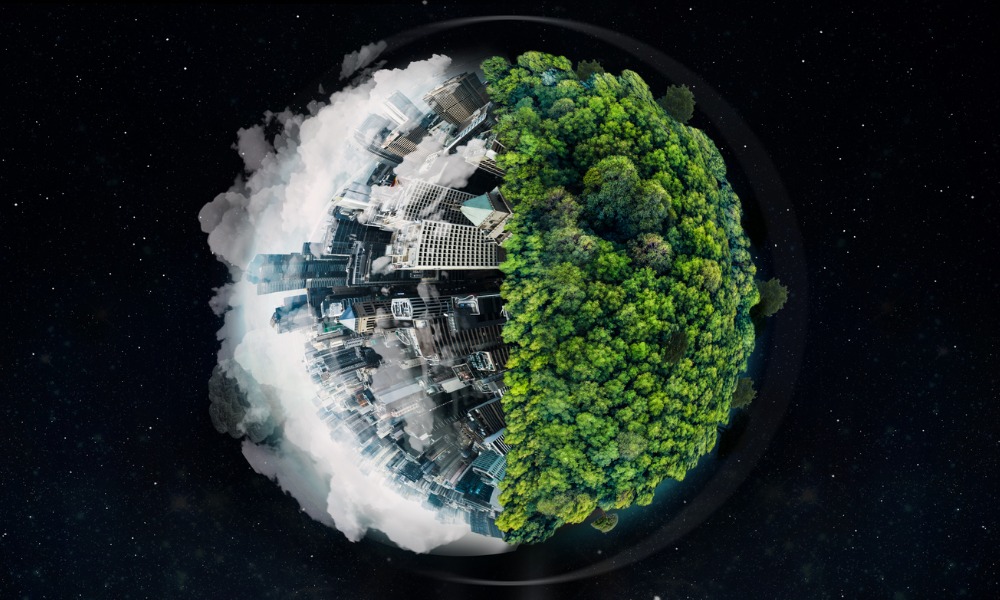CPD pushes for unity on Australia’s net-zero ambitions

CPD pushes for unity on Australia’s net-zero ambitions | Insurance Business Australia
Environmental
CPD pushes for unity on Australia’s net-zero ambitions
Report identifies gaps to effective green procurement practices across government levels
Environmental
By
Roxanne Libatique
A new report from the Centre for Policy Development (CPD) – an independent, evidence-based policy institute – advocates for unified state and federal procurement policies to hasten Australia’s net-zero transition and support the development of emerging green industries such as green steel and green hydrogen.
The report, titled “Green Goods: Strategies for Decarbonising Government Procurement in Australia,” argues that aligning procurement policies across different government levels could play a pivotal role in reducing emissions and establishing Australia as a green energy leader.
Importance of aligning green procurement policies across government levels
With government procurement accounting for more than 17% of GDP, its influence on driving demand for low-emission goods and services is significant.
However, the report pointed to inconsistent green procurement practices across various government levels, creating confusion among suppliers and buyers and failing to provide strong incentives for using environmentally friendly materials.
While the new federal Environmentally Sustainable Procurement Policy is a positive development, the report noted that substantial gaps persist.
How to align green procurement policies across government levels
The report supports the federal government’s “Future Made in Australia” initiative and suggests that adding a green procurement element would strengthen these plans. Recommended immediate actions include:
setting green procurement targets that cover Scope 3 emissions;
measuring baseline procurement emissions;
engaging with industries to understand achievable goals; and
promoting innovation among suppliers.
For the long term, the report advises that governments consider costs of emission-heavy materials to prioritise environmentally friendly options and address the higher initial costs associated with green procurement.
The report identified infrastructure as the largest opportunity for green procurement, being the highest category of spending by Australian governments, with $319.5 billion earmarked for federal and state government spending from FY24 to FY27.
Commenting on the report’s findings, CPD CEO Andrew Hudson stressed the importance of a coordinated approach.
“Government procurement accounts for over 17% of GDP. If the government changed procurement rules to require companies to use green materials in government contracts, it would drastically cut Australia’s emissions. It’s a huge lever to combat climate change that the government can easily pull,” he said. “Australia needs an integrated and coordinated procurement framework across government departments and authorities that incentivises firms to use materials that are better for the environment.
“The government is one of the biggest employers, electricity consumers, vehicle fleet owners, and purchasers of goods and services. Its choices at the checkout can radically increase uptake of low-emission goods and services. To achieve our net zero goals and become a renewable energy superpower, it will be critical to align ambitious procurement policies across all levels of government.”
Implementing government procurement requirements for low-emission materials
Mara Hammerle, report author and CPD economic adviser, highlighted the availability of low-emission materials.
“While for some inputs such as low-emission steel there are few suitable alternatives that are currently being produced at scale, for others, there are options that are cheap and available now,” she said. “Our analysis shows that using recycled alternatives in road infrastructure could reduce costs of specific components by up to 83%, and reduce emissions by up to 98%.”
She also emphasised that green steel, hydrogen, and alumina are sectors where Australia has a comparative advantage, aligning with the government’s “Future Made in Australia” vision.
“Government procurement requirements for low-emissions materials could ensure there is secure demand for emerging sectors like these, generating local jobs and stimulating sustainable economic growth,” she said.
Related Stories
Keep up with the latest news and events
Join our mailing list, it’s free!






